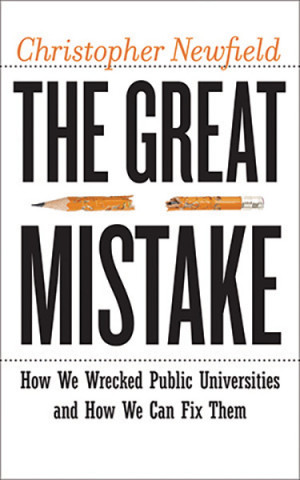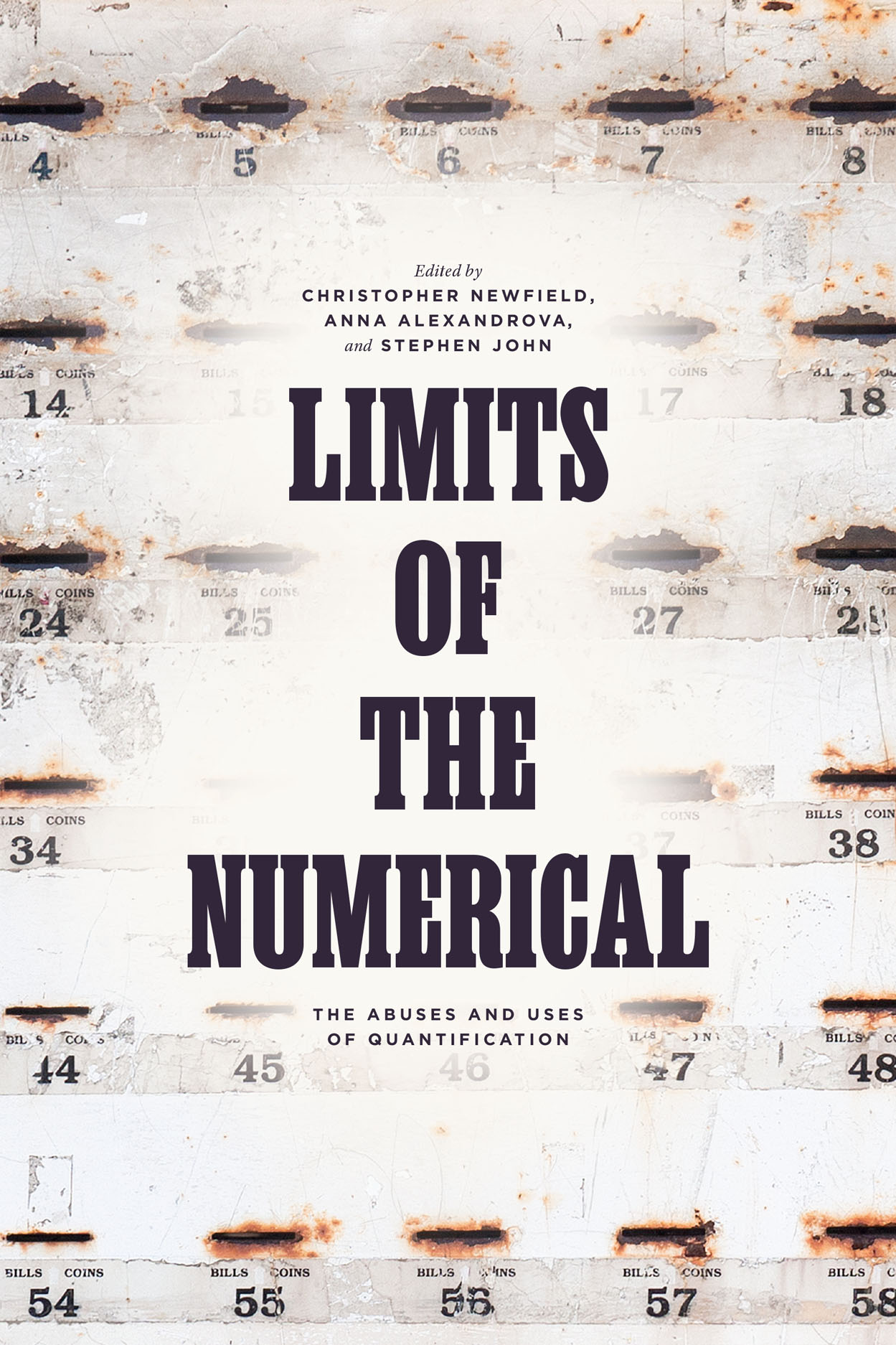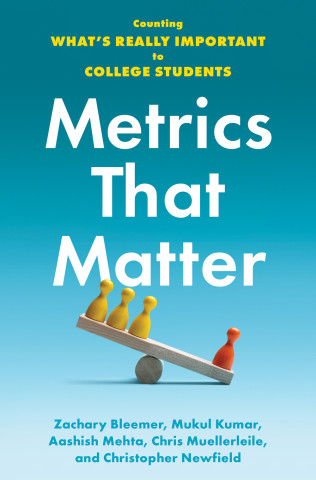As Trump kicks off his campaign of nonstop harms, universities and humanities programs will need to look to themselves for the resources to help the people that count on them and advance the ideas, cultures, and practices we need. 
Washington, D.C. on any given day in the 21st Century
Neither universities nor humanities organizations can do this now and will need to do much better over the next few years.
This post is the final part of my talk at the New Orleans MLA Convention, "The Humanities Die in Darkness." The first part is posted here, and the underlying paper is in the first issue of Public Humanities.
The humanities' first funding scandal is that the country’s main source of basic research funding spends essentially no money on humanities scholarship. Using NSF data, of the $54 billion or so in research that the federal government funds in U.S. higher education, $69 million goes to the humanities. That is, the humanities receive 0.13% of the federal total. This is a tiny slice of the overall federal research pie, and rounds essentially to zero. See the figure above.
The second funding scandal is what happens when we move from extramural to internal or institutional funds. Of the nearly $100 billion that universities spent on research in FY2022, $25 billion came from the universities themselves. That’s a lot of research, especially outside of STEM. In a epistemically just or epistemically neutral world, universities would try to even out external shortfalls for the humanities by increasing the humanities’ share of internal funding.
But this is not what happens. Here are some sample universities.
I’ve simplified the NSF data categories into government, corporate or foundation funding, and internal funds (“institution funds” in the NSF tables). Watch institutional funds, the grey band. It represents the universities' own money spent on research. Research universities take a quarter or even a third of research expenditures from their own pockets.
So if STEM research is profitable, and makes money, maybe all this internal money is available for the arts, humanities, social sciences, education, law, and so on?
In reality, no! Here’s the breakdown of internal expenditures for these universities —the grey bar of total institutional funds is broken out with a separate bar for all non-STEM expenditures next to it.
The short bars are all of non-STEM funding. The yellow band is all humanities disciplines together. A few elite university humanities programs do well. Princeton at 10.6% of institutional funds for humanities is the highest I’ve found. Penn, however, is under 2% -- it spends less than 2% of its own research funds on humanities research. The University of Arizona is about 2%. Iowa is about two and a half percent, Kansas back under 2 percent.
Not pictured here, the University of California spent a half a percent of its total research expenditures on the arts and humanities together in 2018-19. The University of Oregon and Stanford University spent a fifth of one percent of their internal research funds on humanities research (in 2022).
Clearly, interest in or respect for humanities research is not a function of whether or not you can afford it. With a few exceptions, universities just don’t use their internal funds to compensate for extramural funding injustice towards the humanities but use these internal funds to perpetuate this injustice.
One way to remember this is in round numbers.
Universities spend $100 billion on research (from all sources).
One tenth of that goes to all non-STEM fields as a group, social sciences included.
And then one-tenth of these non-STEM funds goes to humanities disciplines. There’s a tacit One Percent Rule for the humanities—some universitis are above, most are around one percent or below.
But where does all that other internal research money go?
It goes to subsidizing STEM research, because STEM research in reality loses money for its universities. I can’t go into this here, except to say yes, you have been gaslighted about this by your own administrators. Universities use the vast majority of their internal funds to make up for the failure of external STEM research sponsors to pay the full costs of STEM research. Bear in mind, too, that Project 2025 has a plan for the Trump administration to make this problem much, much worse (see page 355).
This gets us to the third scandal, which is entirely of the humanities’ own making. I’ll cast it as a series of questions. Why are you hearing about the research funding scandals from me? Why are you looking at my homemade figures made through my individual readings of NSF survey data? Where are the large scale reports from the humanities disciplines? Where is the humanities equivalent of these very large research funding surveys and analyses that are required of the NSF by law? Where are the NEH, ACLS, MLA, AHA, APA, NHA, and Mellon reports on research underfunding, coupled with policy demands for more funding? Since this would be a large undertaking, where are the collaborations among the leading humanities associations and between them and the NSF? Where is the humanities research infrastructure to study the very damaging lack of humanities research infrastructure?
The answers to these questions are the same: nowhere. I have found no sustained institutional effort to understand the state of humanities research funding. A key reason why we have no meaningful research funding on the scale of the profession is that we have no data and no public discourse about such funding.
STEM, in contrast, has been forced to have data and discourse since the 1950s. They have made a virtue of necessity—and also made a nonstop, militant advocacy program. Our failure here has inflicted damage on humanities scholarship and on its public reputation. This is damage that we have never tried to define, much less systemically oppose.
Our main strategies for survival have been as follows: stressing teaching, expanding public engagement, and shrinking graduate programs, which make the problem of underpowered research even worse. These false solutions are also driving students away and damaging academic employment. Students and the wider public are attracted to fields that generate visible, useful knowledge about problems in their lives. 2023’s infamous New Yorker article by Nathan Heller, “The End of the English Major?” rested on interview evidence that students follow research investments, not quasi-educational activities. 10 years ago I published a piece in the MLA journal Profession, called “The Humanities as Service Departments.” That is where ignoring research funding has been taking us. Students do not major in service courses.
The natural and social sciences work under a social contract to generate public knowledge, and so do the humanities. The equation is Research + funding=public benefits=have a future.
I am sorry to say that this third scandal of our own making mixes two modes. One is gaslighting—we allow ourselves to be gaslighted about university funding; we then gaslight each other about how this doesn’t really matter.
The other is the practice I mentioned at the start: anticipatory obedience, a reflex on a matter of world crisis like Israel’s destruction of Gaza as well as on matters closer to home, like our own professional survival.
I’ve laid out the alternative elsewhere: surveys, data, analysis, publication, dissemination, advocacy, howling into the void until the void listens. The void does eventually listen.
The void needs to hear us say that extramural funding must by doubled, tripled, quadrupled until the 166,000 college and university humanities instructors have research support in the ballpark of their needs as identified in the surveys we must conduct.
The void needs to hear us say that STEM disciplines must move towards full coverage of their overheads so that much more institutional funding can be used to give humanities scholars appropriate research support. We need a 10 year plan, and we need it now!
My thought about 2025 has been that Trumpism is likely the end of this fifty-year political cycle and not its resurgence. But we are the ones who have to work to make that true. It is not up to us alone, but it is also up to us. And we need the money and the infrastructure to have the power so our research can make this difference.






1 comments:
Christopher, may I repost this at the Higher Education Inquirer?
Join the Conversation
Note: Firefox is occasionally incompatible with our comments section. We apologize for the inconvenience.